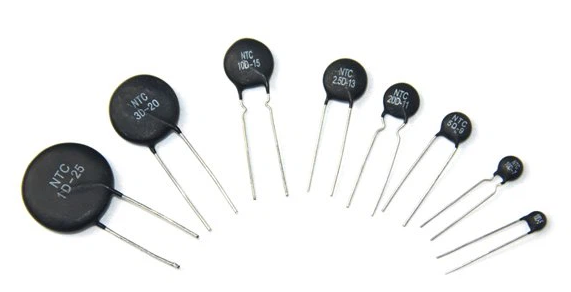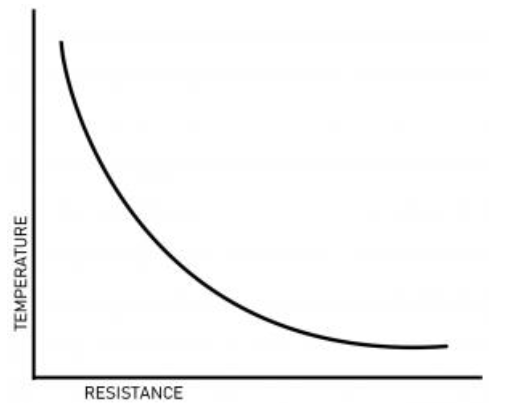OUTLINE:
Something about NTC thermistor
 251
251
A Negative Temperature Coefficient (NTC) thermistor is a type of resistor whose resistance decreases as its temperature increases. These thermistors are made from a semiconductor material, typically metal oxides such as manganese, nickel, or cobalt, that exhibits this negative temperature coefficient behavior.
NTC thermistors are commonly used in temperature sensing and control applications, where they can be incorporated into devices like thermostats and temperature sensors. They work by measuring the change in their electrical resistance as the temperature changes. The resistance-temperature relationship of an NTC thermistor is non-linear, which means their sensitivity to changes in temperature varies with temperature.
Most NTC thermistors are typically suitable for use within a temperature range between −55 and 200 °C, where they give their most precise readings. There are special families of NTC thermistors that can be used at temperatures approaching absolute zero (-273.15 °C) as well as those specifically designed for use above 150 °C.

NTC thermistors have several advantages over other types of temperature sensors. For example, they are small, rugged, and relatively inexpensive. They also have a fast response time and high accuracy when properly calibrated.
However, NTC thermistors do have some limitations. Their non-linear resistance-temperature relationship can make them challenging to use in some applications that require precise temperature measurements. Additionally, they may require extra circuitry to linearize their response or compensate for self-heating effects.
NTC thermistors have a wide range of applications in industries such as automotive, aerospace, medical, and consumer electronics. Here are some common applications of NTC thermistors:
Temperature measurement: NTC thermistors are commonly used for temperature sensing and control in applications such as ovens, refrigerators, and air conditioning systems.
Overheating protection: NTC thermistors can be used to detect overheating and prevent damage to devices or systems. For example, they can be used to protect batteries from overcharging, or to prevent motors from overheating.
Current sensing: NTC thermistors can be used as current sensors by measuring the voltage drop across them. This method is commonly used in power supplies and battery management systems.
Inrush current limiting: NTC thermistors can be used to limit the inrush current when a device is switched on, avoiding damage to the device or the power supply.
Liquid level sensing: NTC thermistors can be used to measure the level of liquids, especially those with a high thermal capacity, such as water.
Medical applications: NTC thermistors are used in medical equipment such as thermometers, incubators, and blood analyzers.
Automotive applications: NTC thermistors are used in automotive applications such as engine cooling systems, cabin temperature control, and battery management systems.

Disclaimer: The views and opinions expressed by individual authors or forum participants on this website do not represent the views and opinions of Chipsmall, nor do they represent Chipsmall's official policy.

share this blog to:

